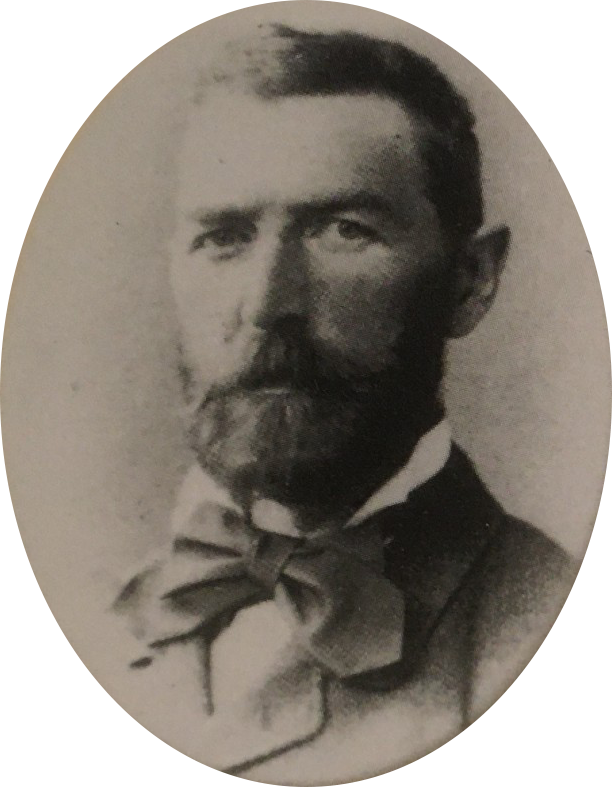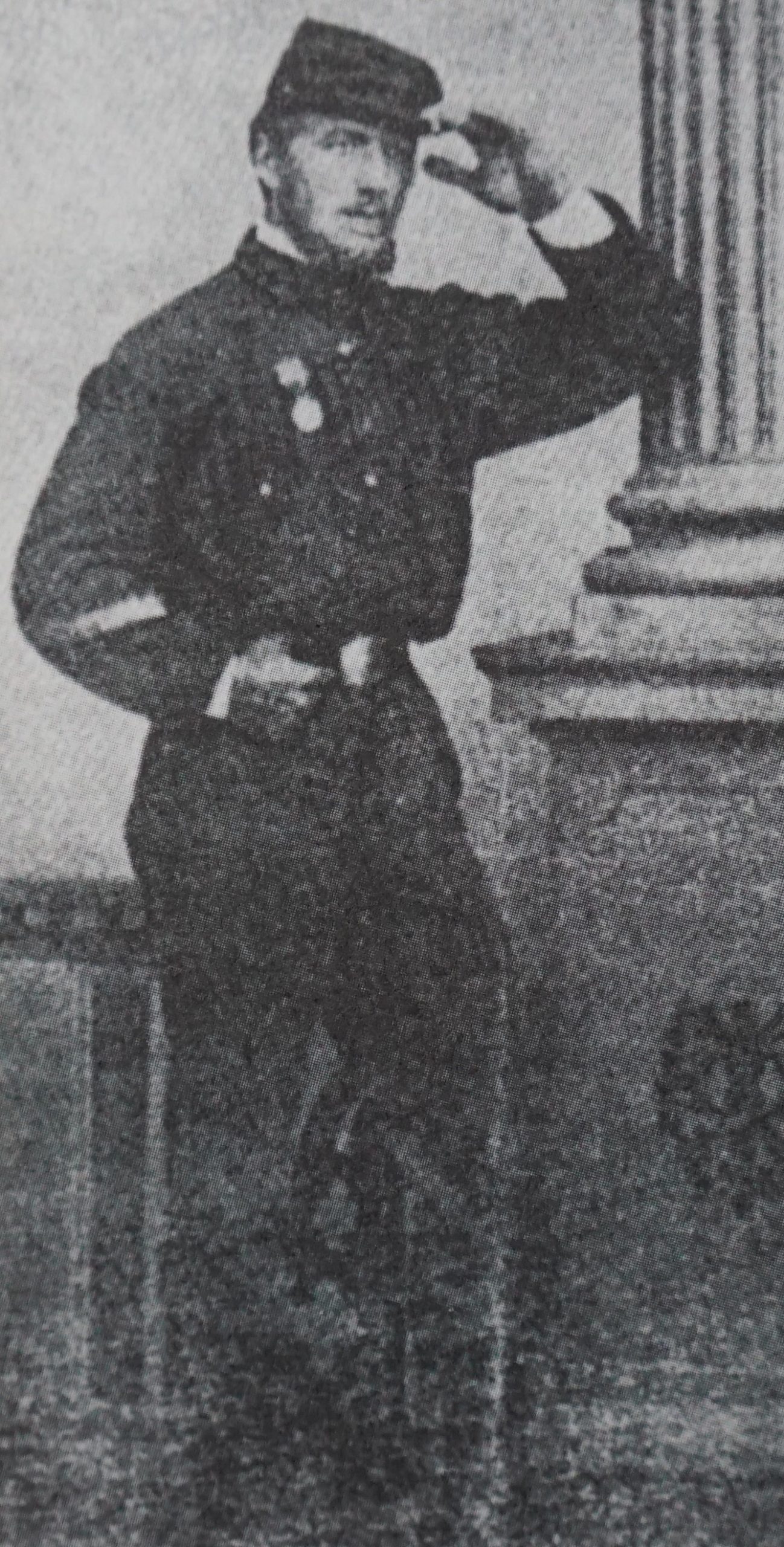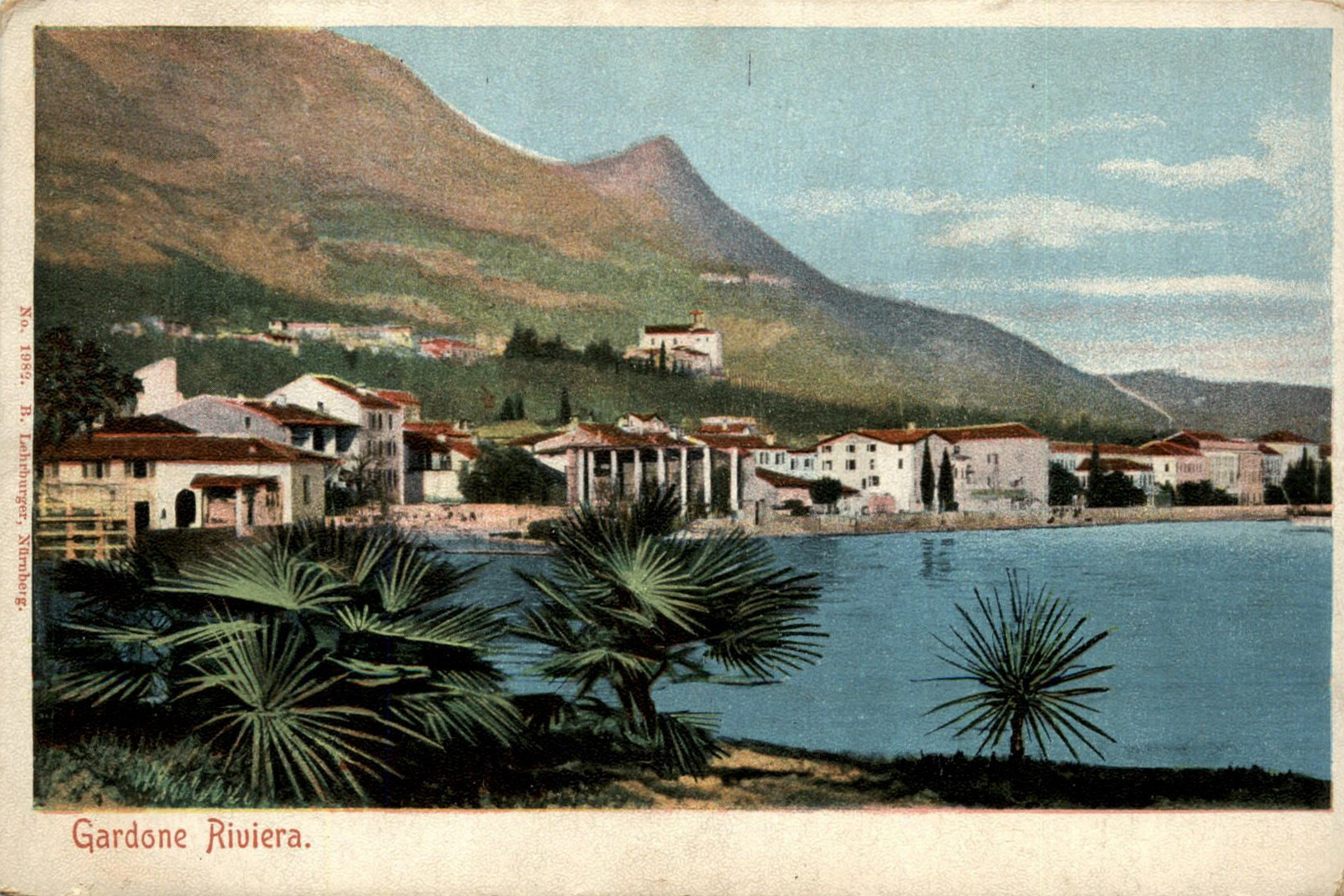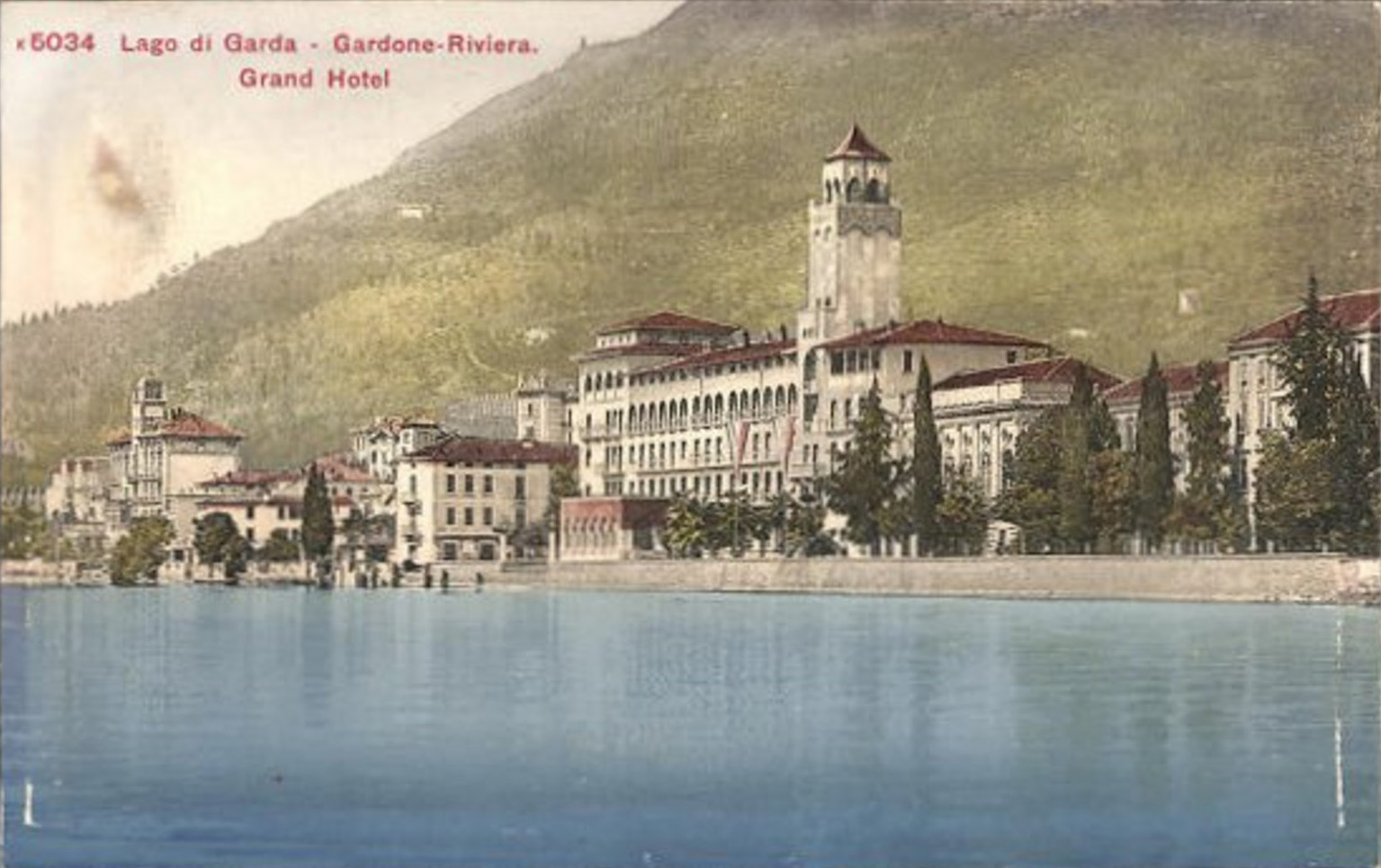LUIGI WIMMER
An Italian architect of Austrian descent specialising in design and construction of railroad infrastructure projects. He built mainly in Voralgerg, in the high Alps (present day Austria, close to the border with Switzerland and Lichtenstein). Luigi was a man of poor health suffering from renal conditions and respiratory issues, which were a consequence of wounds received in the fighting as a member of Giuseppe Garibaldi’s army. In 1875, due to poor health, he retired from active work and settled in Gardone Riviera by the recommendation of the climatologist and pulmonologist Ludwig Rhoden. Wimmer was one of the first residents who settled in the area due to its beneficial influence on health. He decided to buy the Carganacco estate in Gardone Riviera on the shore of Lake Garda. The lake and its surroundings had been popularised before by Goethe, who 100 years prior, wrote about a sunny place with a perfect view overlooking the Alps and orchards where lemons and oranges were aplenty. The one complaint he had was the poor road network which prevented desired exploration. And so it was Luigi Wimmer who took it upon himself to transform a small fishing village into an exclusive spa town. To this day he is attributed with the success of Gardone and the place that it has become.
When Wimmer settled in Gardone in 1877, the place was a poor fishing village cut off from any major road network. Due to the fact that he was an engineer, he was very highly regarded by the local community and was appointed mayor in 1881. Wimmer combined his skills as an architect with the duties of a mayor and successfully managed to convert a fishing village into a popular high end tourist and spa destination. His strategy as a mayor was certainly multi-layered.

Image: gardapost.it

Luigi Wimmer
Image: commons.wikimedia.org
His first endeavour was to build a small hotel (which stood where the present day Grand Gardona Hotel is located), to which he extended invitations to his friends and acquaintances. As a railroad infrastructure architect, Wimmer knew many influential and wealthy industrialists involved in railroad construction, and these were the types of guests he hosted at the hotel. The guests were also taken care of by Dr Rhoden and Dr Karl Koeniger who also treated Wimmer himself. The physicians popularised Gardona in German language specialist press as a perfect place for those of frail health wishing to regain strength and vitality in winter time. Many visitors were enchanted by the spectacular landscapes, mild climate, exquisite local cuisine that combined the Alpine character with the southern zest, peace and quiet and, more importantly, very attractive prices of property ideal for investment. And this was exactly what mayor Wimmer was hoping for.
Performing his duties as mayor, Wimmer did not forget that his true calling was architecture. He completed many infrastructural projects including a water supply system, a marina and a new road network. Wimmer was assisted by another architect Angelo Fuchs, a friend from university and brother in arms in Garibaldi’s army. Strolling through the town, one cannot help but notice the architectural order and harmony merging the urban and the green in the form of parks and gardens. Both architects placed significant stress on the latter and worked very closely with Emily Holzgärtner, Wimmer’s wife and a passionate botanist. Thanks to the green areas incorporated in the urban tissue of Gardone, according to many sources, it is frequently referred to as the garden city. Fuchs continued Wimmer’s work after his death and designed several structures definitely worth noting.

Hotel Gardone, Garda Lake
Image: Old postcard, delcampe.net/it
Attractive property prices
The attractive land and property prices were directly correlated with the economic inefficiency of the local, small size farmsteads. They were simply unable to compete with the production of the big farms based further south. The development of large-scale farming significantly dumped the prices of citrus fruit and forced the small-scale farms to shut down. And these farms dominated the Lake Garda area. At some point, the owners had no other choice but to sell, and this is how the first ‘climatic investors’ appeared. They included Wimmer, Fuchs, Rodhen and Koeniger, who purchased land from the original owners, mostly impoverished aristocratic Italian families, and resold it to the new-coming ‘climatic investors’.

Gardone Riviera
Image: Old postcard, delcampe.net/it
As mentioned Wimmer completed many infrastructural projects including a water supply system, a marina, a post office, a telegraph, a new road network and investment parcel mapping. The costs proved to be substantial but Wimmer found a perfect solution for that. He was probably the first in Italy, and perhaps Europe, if not the whole world, to create a fund supporting local development by making collections from visitors in the form of what is known today as a ‘resort fee’ combined with an ‘adjacency fee’.
The local urban road network designed by Wimmer and Fuchs can be clearly observed to this day. Strolling through the town, one cannot help but notice the architectural order and harmony merging the urban and the green in the form of parks and gardens, which were inspired by Emily Wimmer-Holzgärtner, Luigi’s wife, a suffragette and a passionate botanist.
Effectively, Wimmer became to be known as the founding father of Gardone, who transformed a small fishing village into one of the most famous spa resort towns in Europe. Angelo Fuchs, on the other hand, is considered to be the ‘building father’, one responsible for its architecture and urban design. Fuchs designed the majority of the most iconic buildings in Gardone, including the majestic Hotel Grand Gardone.
Wimmer and Fuchs’s strategy paid off and made Gardone a desired destination for the European elite, who spent the winter months in the attractive and fashionable surroundings. Most of the visitors from the northern part of the continent arrived in Gardone by train. The town of Mori was connected by railroad to The South Railway (Sudbahn) which ran through the Alps connecting the northern cities with the southern territories. The Mori station was located a mere 50 kilometres away from Gardone. Visitors had two options to reach Gardone: 1 – a narrow gauge railway from Mori or 2 – a narrow gauge railway from Mori to Riva (northern shore) and later on board of a boat directly to Gardone.
Lack of road access, which was only established in 1900, was a curse but also a blessing. The burdensome journey meant that not too many were willing to undertake it, hence creating an isolated oasis, where one could feel free and unencumbered.

Lake Garda, Gardone Riviera, Grand Hotel
Old postcard, Edition Photoglobe Zurich, delcampe.net/it
Each year saw the numbers of the ‘winter’ visitors growing, and it was not just the patients seeking treatment, but also investors and permanent residents that added to these numbers. According to some of the local chronicles and press publications, in 1900, Gardone transformed into an exclusive enclave away from the crowds, where the wealthy visitors came to recuperate and revitalise their body and souls but also do business, as some of the most notable European policy and decision makers made it their place of ‘rest’.

